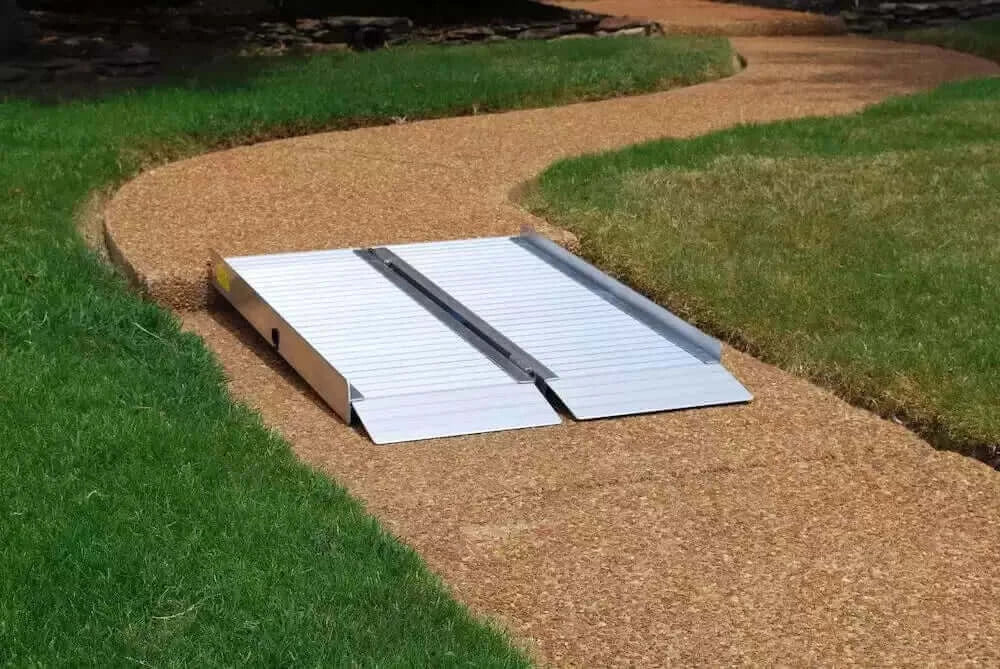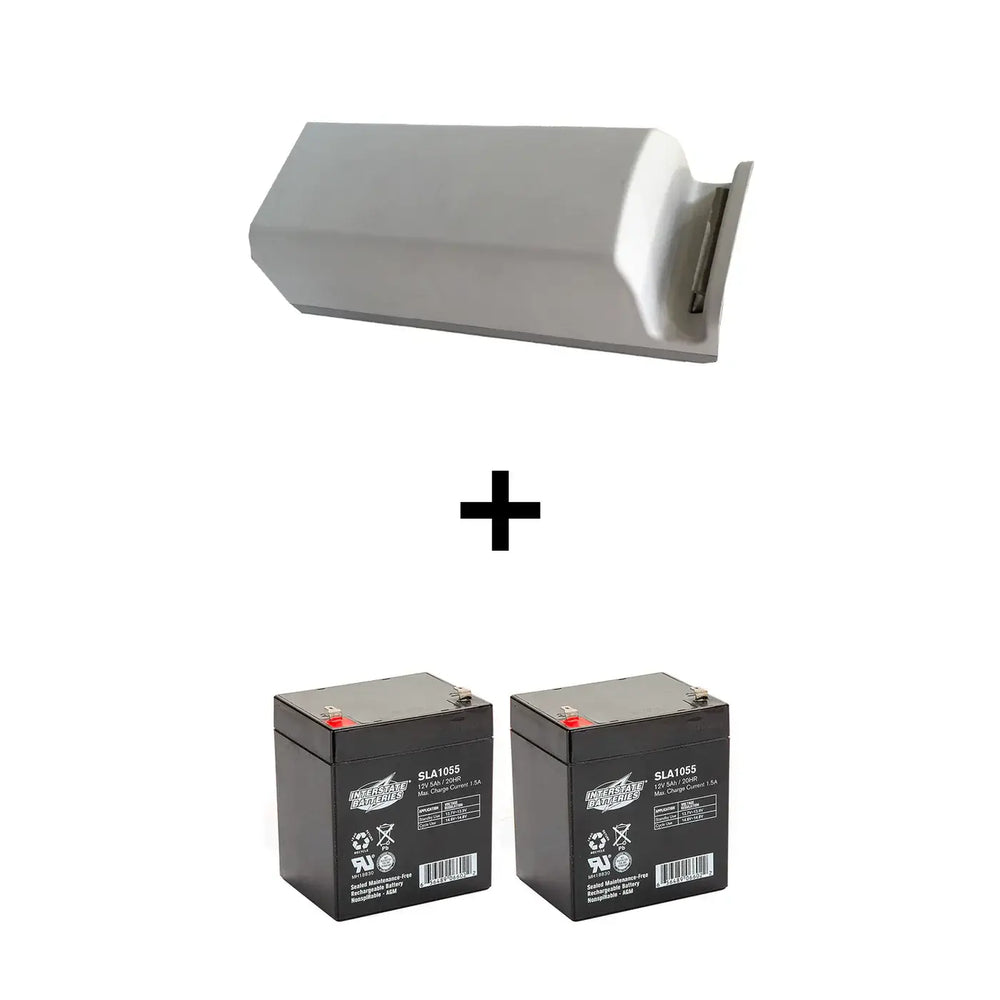How to Determine Sling Size for Hoyer Lift?
To determine the right sling size for a Hoyer lift, start by measuring the user's height, weight, and waist circumference. Assess their posture and any specific needs based on their physical condition. Check the manufacturer's guidelines for recommendations on sling sizes and weight capacities. Make certain the sling material is appropriate for the user's comfort. Adjust the fit to guarantee safety and security during transfers. There's more to uncover about enhancing the lift experience!

Understanding Sling Types and Styles
When choosing a hoyer lift sling, it's vital to understand the various types and styles available, as each one serves a different purpose.
You'll find slings made from different sling materials, like polyester or mesh, which greatly affect user comfort. For instance, mesh slings are breathable and ideal for bathing, while padded polyester slings provide extra comfort for longer transfers.
Some slings come with additional features, such as head support or leg straps, catering to specific needs. As you evaluate your options, think about the user's preferences and requirements.
Prioritizing user comfort guarantees a smoother, safer transfer experience, making it essential to select the right sling type that suits both the user and caregiver.
Measuring the User's Body
Accurate measurements of the user's body are essential for selecting the right sling for a Hoyer lift. Taking these measurements helps guarantee safety and comfort during transfers.
Here's how to measure effectively:
-
Measure body dimensions: Record the user's height, weight, and waist circumference.
-
Assess user posture: Observe how the user sits or stands to determine their natural shape.
-
Note any specific needs: Consider any physical limitations or preferences the user may have.
-
Consult with professionals: If unsure, seek advice from healthcare providers for precise recommendations.
Considering Weight Capacity
When selecting a sling for a Hoyer lift, it's important to first know the patient's accurate weight and compare it with the sling’s weight capacity. Use a reliable scale, review medical records, and account for added weight from clothing or equipment.
Always choose a sling that not only meets but exceeds the required weight by a safe margin. This reduces the risk of accidents during transfers, especially if the patient shifts or if the sling shows signs of wear. Considering these factors helps ensure both the safety of the patient and the confidence of the caregiver.
Evaluating Lift and Transfer Needs
As you assess the lift and transfer needs of individuals requiring assistance, it's crucial to consider their unique physical conditions and mobility limitations.
Evaluate the specific mobility challenges patients face, such as strength, balance, and range of motion. Understanding these factors helps you choose the most appropriate transfer techniques, whether a full lift or a pivot transfer.
You should also consider the environment, ensuring there's enough space for safe maneuvering. Additionally, consider the caregiver's capabilities and comfort level when using the Hoyer lift.
Reviewing Manufacturer Guidelines
When selecting the right sling size for a Hoyer lift, reviewing manufacturer guidelines is vital to confirm safety and effectiveness. Each manufacturer provides specific specifications that guarantee the sling fits properly and meets safety standards.
Here are four key points to keep in mind:
-
Check weight limits: Verify the sling can support the user's weight.
-
Measure body dimensions: Accurate measurements help find the ideal fit.
-
Review sling types: Different slings cater to various needs and conditions.
-
Follow installation instructions: Proper setup is essential for safety during transfers.
Testing the Sling Fit
When testing the sling fit, start by evaluating your patient's measurements to guarantee a proper size.
Next, examine the sling design to see if it supports their needs effectively.
Finally, adjust for comfort, making sure the patient feels secure and at ease during use.
Assessing Patient's Measurements
To guarantee a proper fit for the sling, you must accurately assess the patient's measurements.
Understanding the patient's dimensions is vital to confirm comfort and safety during transfers.
Here are some essential measurement techniques to take into account:
-
Height: Measure the patient from head to toe to determine sling length.
-
Weight: Know their weight to select a sling that can support them adequately.
-
Waist Circumference: This helps in determining the width needed for proper security.
-
Thigh Circumference: Confirms the sling fits snugly around the legs without causing discomfort.
Evaluating Sling Design
Although selecting the right sling is vital, testing the fit confirms it meets the patient's needs effectively.
Begin by examining the sling materials; they should be durable yet comfortable, supporting the patient without causing irritation.
Next, assess the design features, such as the size, shape, and weight distribution. Verify the sling provides adequate support while allowing for easy application and removal.
To test the fit, lift the patient slightly and observe how the sling conforms to their body. A well-fitting sling should hug the contours without excessive pressure points.
If you notice any discomfort or instability, it's important to reconsider the sling's design features and materials.
Proper evaluation guarantees safe and effective use of the Hoyer lift.
Adjusting for Comfort
Testing the sling fit is essential for guaranteeing your patient's comfort during transfers. Proper sling adjustments can make a significant difference in their experience.
Here's how to guarantee comfort positioning:
-
Check the fit: Guarantee the sling supports your patient without pinching or excessive slack.
-
Adjust the straps: Tighten or loosen the straps as needed for a secure but comfortable hold.
-
Observe body alignment: Make sure your patient is sitting upright and their body is well-supported.
-
Ask for feedback: Encourage your patient to share how they feel during transfers; their comfort is your priority.
Adjusting for Comfort and Security
When adjusting the sling for a Hoyer lift, ensuring comfort and security is essential for the user's safety and well-being.
Start by choosing the right sling materials that suit the user's needs, as some may prefer soft fabric while others might need a more rigid option for support.
Once you've selected the appropriate material, adjust the sling's straps to fit snugly without being too tight.
Pay attention to user preferences; some may feel more secure with extra padding or additional support in certain areas.
Regularly check the adjustments and make sure the user feels comfortable and safe during transfers.
A well-fitted sling not only enhances the experience but also promotes confidence in the lifting process.






